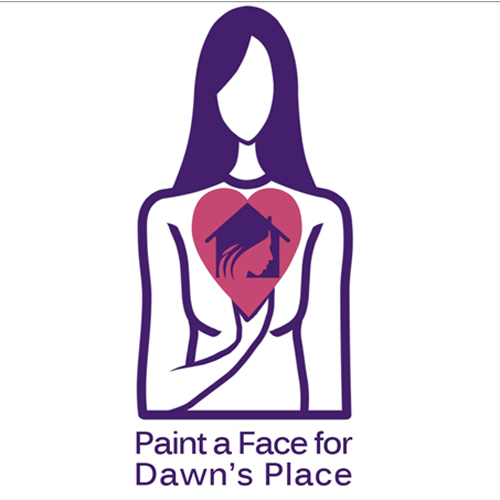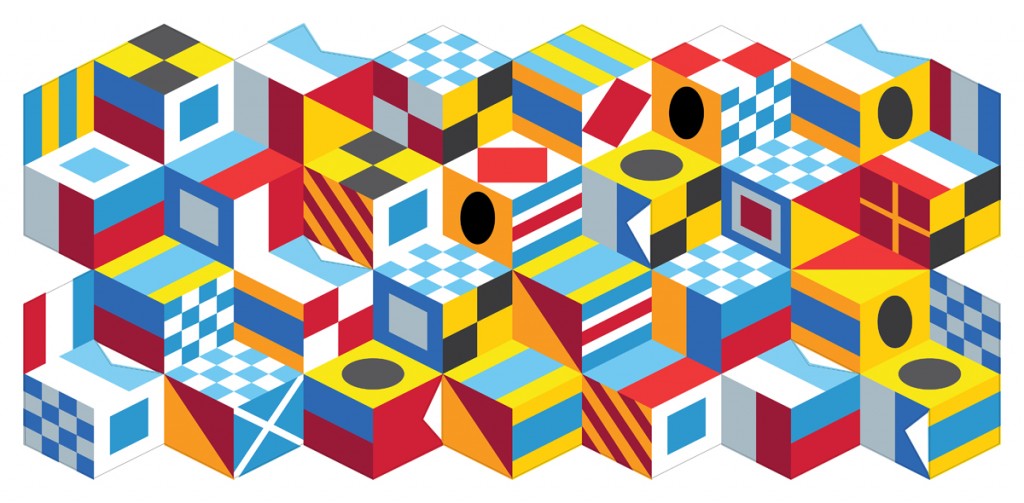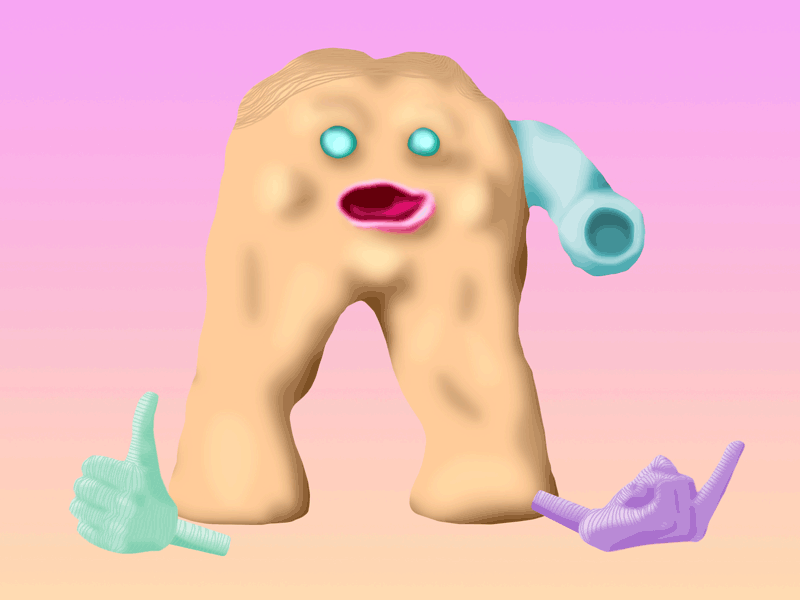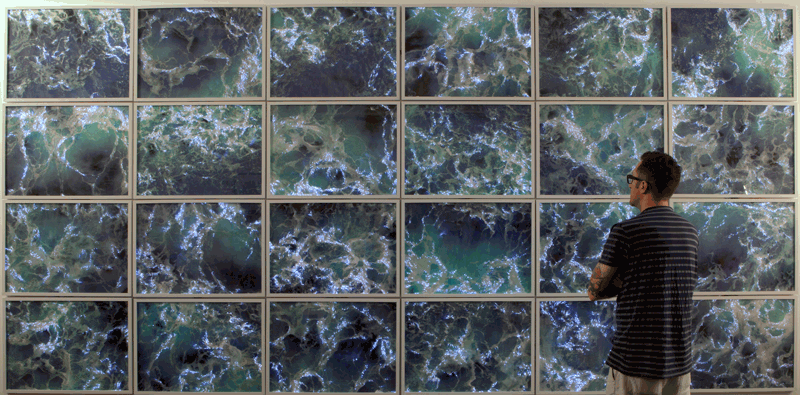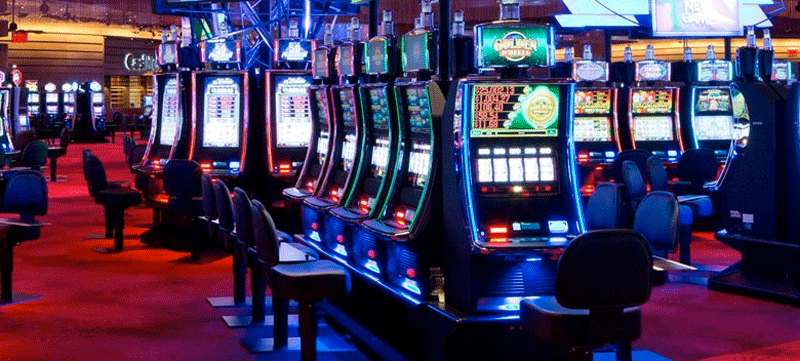ART IN LOVE PARK TO SUPPORT SURVIVORS OF HUMAN TRAFFICKING
Dawn’s Place to Display Public Art Project at Community Art Day: April 11 in Love Park
PHILADELPHIA – Not many people are aware that slavery still exists. Most still find it hard to believe that slavery is happening in our country or state or neighborhoods today. Dawn’s Place the only residence of its kind in the tri-state area that proactively helps both domestic and international adult female victims of Commercial Sexual Exploitation (CSE) is striving to change that & in the neighborhoods of the Delaware Valley. And they need your support.
On Saturday, April 11 in Love Park (JFK Plaza) Philadelphia, Paint a Face for Dawn’s Place, a community art project to support survivors of human trafficking, will be displayed at Community Art Day. Art Day will take place from noon to 3:00 pm, featuring an outdoor installation of painted portraits of women, live music, spoken word performance, and live street portraits. For more information, visit www.aHomeforDawn.org.
“Human trafficking is just the tip of the iceberg”, says Sister Teresita Hinnegan, a medical mission Sister and co-founder of Dawn’s Place, a 9-bedroom residence in an undisclosed Philadelphia area location. It happens because of all the social and human injustice that’s been around from the beginning. We can focus on rescuing and restoring the victims, but unless we look at the demand side, the injustices that cause trafficking, it will continue.
Consider the following:
- Within the United States, women, children and men are trafficked daily for commercial sex and forced labor.
- Victims may be rich, poor, foreign nationals, U.S. citizens, adults, or children under 18.
- Human trafficking generates $32 billion annually – half of that made in industrialized countries.
- 80% of all transnational victims are women and girls.
“It’s all about people who are living in poverty and have very few choices, and how to survive, Sister Teresita continues. Our culture has accepted prostitution. It s seen as a victimless crime. It is not. Prostitutes are labeled as criminals. They are not. They are victims. They need to be treated that way.”
Paint a Face for Dawn’s Place is a public art project organized by Dawn’s Place and Philadelphia artist, Joanna Fulginiti. The project asks members of the community to paint a face of a woman they love or admire. The paintings will be collected and displayed alongside information on human trafficking to rally community support for victims of this crime in the Delaware Valley. Community Art Day will include live performances by musician Rosa Diaz and artist Bonnie MacAllister. Members of the Photographic Society of Philadelphia will take professional street portraits that can be posted to social media or stored on a smartphone.
For interviews and additional media requests please contact: Sr. Michelle Loisel at 215-849-2396
Joanna Fulginiti at joannfulginiti@aol.com
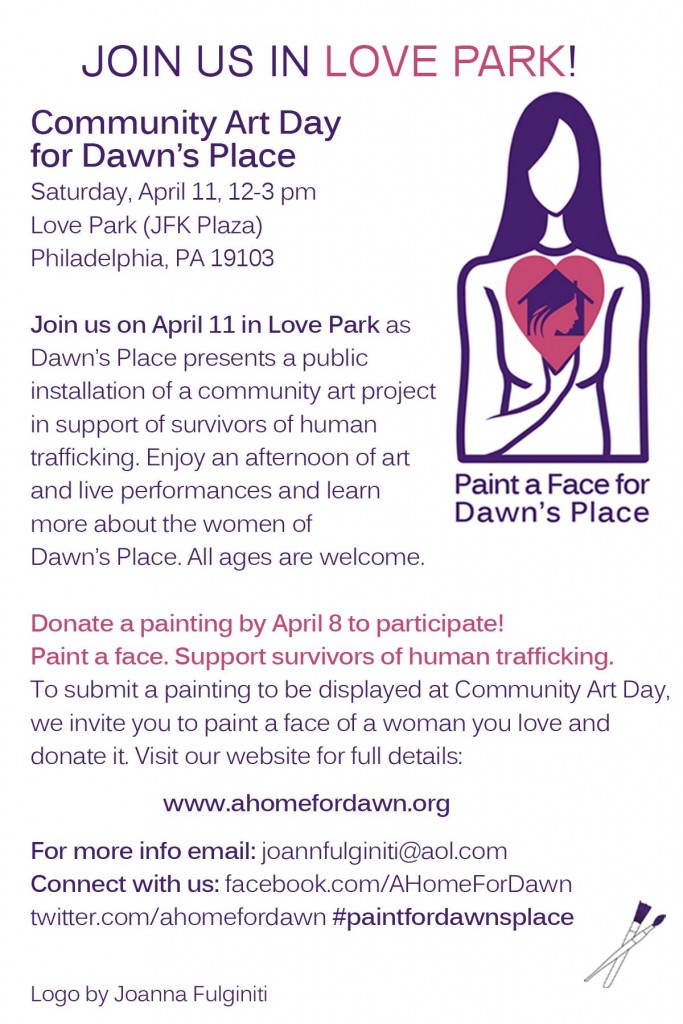
Like DoNArTNeWs Philadelphia Art News Blog on facebook
Follow the new DoNArTNeWs.com
Follow DoN on Twitter @DoNNieBeat58
DoNArTNeWs on Tumblr
@donniebeat on Instagram
@donniebeat on Ello
Affiliate Marketing [disclosure page] Shop on-line and help support DoNArTNeWs
Donate via safe and secure PayPal in the sidebar.

